Eco heating – from heat pumps to boilers and furnaces
Find out about the eco heating options that can make your home greener and reduce bills
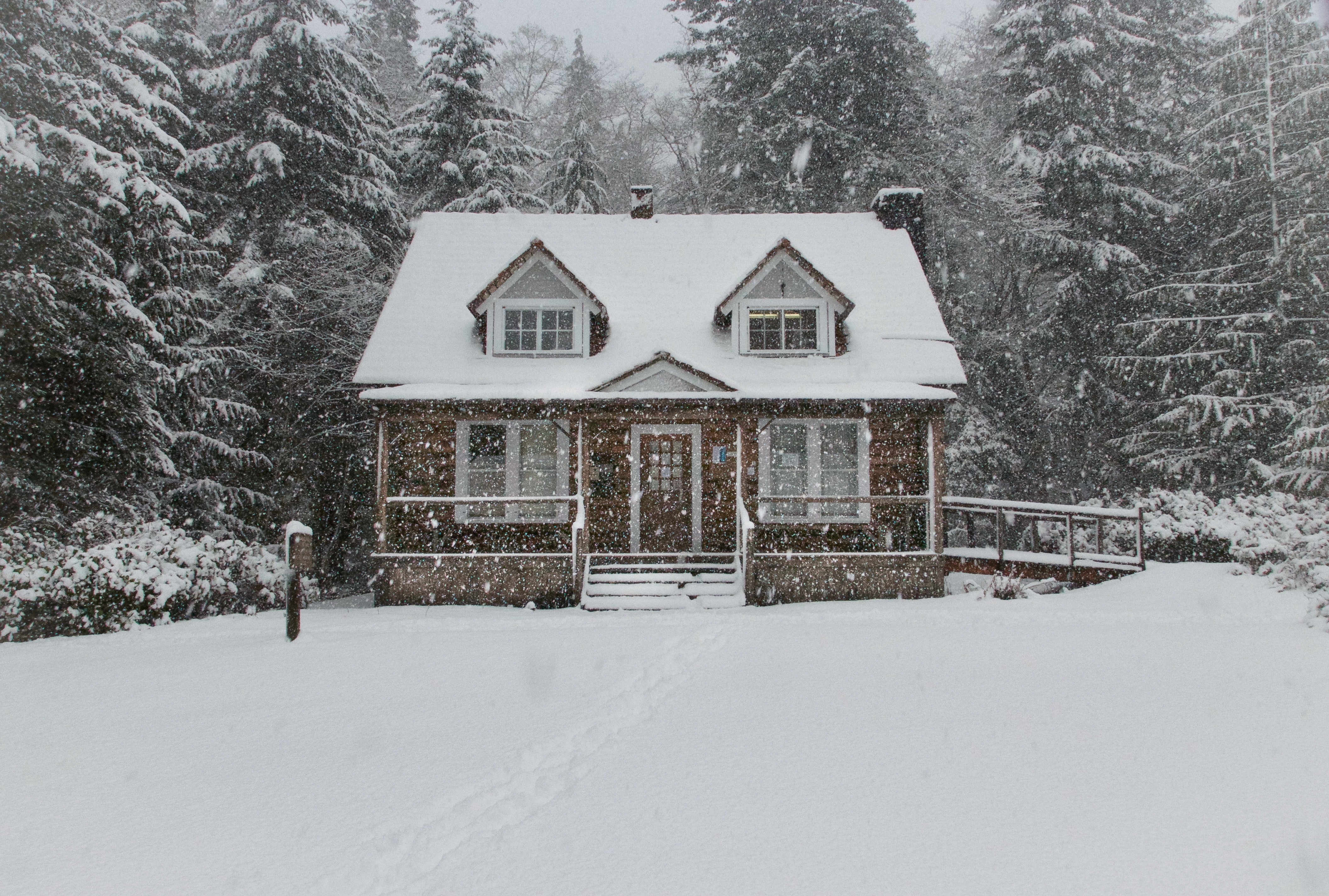

Kaitlin Madden
Are you wondering about eco heating or energy efficient heating options? Consciousness about our responsibilities to the planet and the desire to keep utility bills low, especially with fuel prices on the rise, can prompt us to consider eco-friendly home improvements that make home heating more efficient.
‘We’re in an energy transition, and while 100 percent renewable products have existed for a while, customer confidence, installer experience and the incentives necessary to drive widescale change still have some way to go,’ says Christian Engelke, technical director at Viessmann. However, that's all changing as demand for eco-heating options continues to rise, and the options themselves continue to grow.
‘Renewable and conventional heat generators can be combined with intelligent controls deciding which is the more efficient source to activate based on environmental and economic factors,' Engelke says. 'For example, a back-up boiler can reduce overall carbon emissions if used in conjunction with a heat pump, particularly in minus temperatures where the desired comfort level can be achieved more efficiently with gas and combustion, than with an overworked heat pump consuming high levels of electricity.’
Read on to discover the eco heating choices available and how this eco-friendly home improvement can make your home greener and cheaper to run.
6 eco heating and energy efficient options
Whether you're looking to convert your entire heating system to something more energy efficient, or you want to upgrade your existing system to improve its efficiency, these are the best options to consider.
1. Choose an energy-efficient boiler
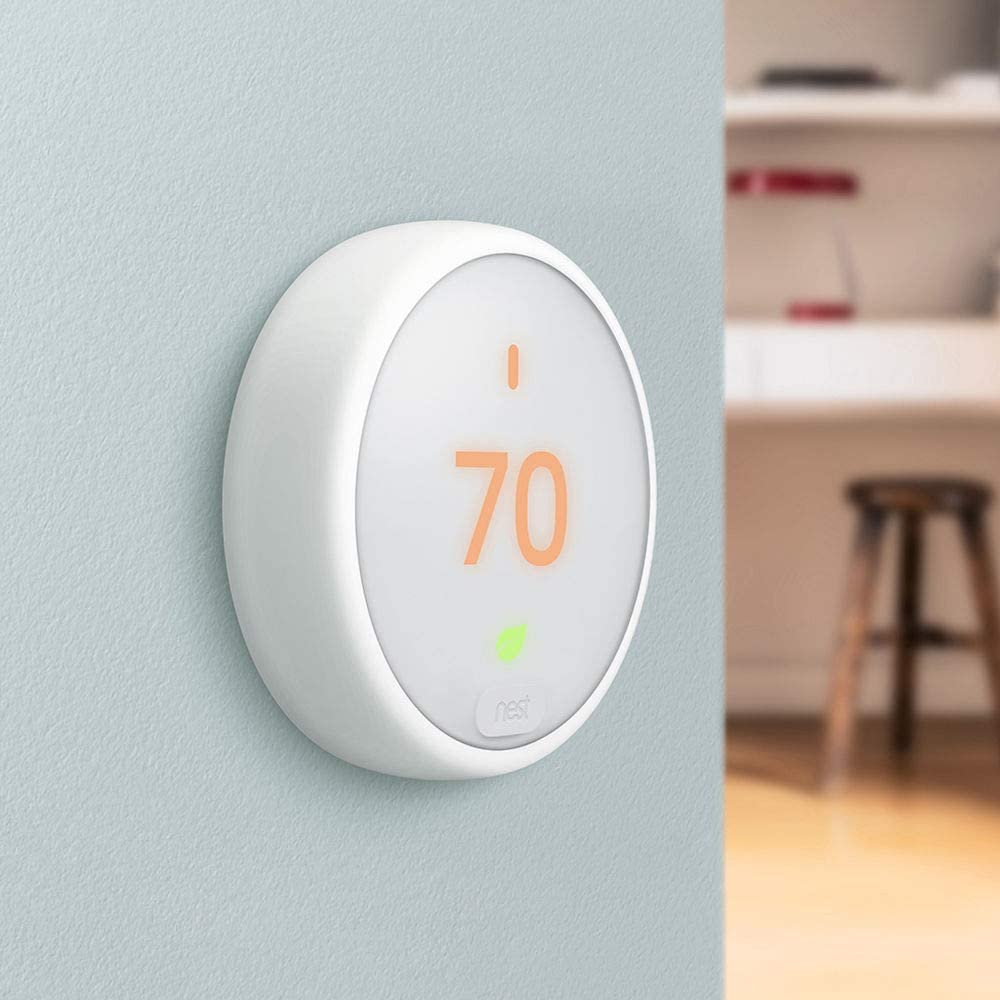
If your home is heated by a boiler, replacing an old version with a modern model can be an eco-friendly move, as well as a money saver. Boilers work by heating water that’s distributed to radiators and taps, but the latest designs do their job in a far more efficient way than before.
In the US, you can check a boiler’s annual fuel utilization efficiency (AFUE), which should be displayed to make comparison between models easy. Old systems have an AFUE of 56 to 70 percent, according to Energy Saver, an office of the US Department of Energy providing energy efficiency and renewable energy information to consumers. The latest offer efficiencies of 90 to 98.5percent, which can both cut fuel bills but also pollution, says Energy Saver.
In the UK, domestic heating technology has also vastly improved. Both gas and oil fired boilers for new installations and fitted as replacements have to be high efficiency condensing designs that recover heat from waste gases and use it to preheat cold water entering the boiler.
‘An older non-condensing boiler can fall to 50 percent efficient after years of use,’ explains Ian Henderson, Managing Director of Boiler Plan. ‘New high efficiency boilers with a smart thermostat, however, can achieve over 90% efficiency, resulting in huge savings over the year.’
Select between combination boilers – which provide heat for the radiators and hot water on demand – and system boilers – which are fitted to sealed heating systems but store hot water in a cylinder.
It's worth finding out what a smart thermostat is and what it can do to help you control your home's heating, too.
2. Biomass boilers
Biomass systems burn wood pellets, chips or logs to power central heating and hot water boilers. There are questions as to the sustainability of burning, but studies have found that the CO2 emitted when burning is the same as that which was absorbed when the wood was growing, so the process is neutral as long as new plants continue to grow.
3. Ditch oil and gas for electric heat
In the U.S. many homes and heated by natural gas. If you live in the Northeast, you might even heat your house with oil. Both are less-than-ideal options for the environment. According to the U.S. Energy Information Administration 'In 2020, residential consumers in the Northeast used about 2.6 billion gallons of heating oil, equal to about 85 percent of total U.S. residential heating oil sales.'
If just a fraction of those homes switched over to electric heat, the fuel oil savings would by massive.
'The main sources of direct carbon emissions from a homeowner include cars/trucks and heating,' says Austin Whitman, CEO of Climate Neutral, a organization that certifies brands with net-zero carbon emissions. 'Making a home energy efficient and all-electric (e.g., converting from natural gas and fuel oil) is a great step and also improves indoor air quality.'
A ductless mini split system or an air source heat pump are common options for homeowners switching from gas or oil to electric heat. Ductless mini splits can also be used for eco cooling as well, making them an attractive option for those looking for air conditioning, too.
4. Install solar panels
Did you know solar panels can serve as a heat source? Active solar heating works by using solar energy to heat either the air or a liquid, which is then pumped into the home, or to a storage system to be used later.
According to Energy.gov, liquid-based systems are the best option for central heating, and can work with radiant floor, baseboard, or radiator systems, as well as with forced air heating. Both liquid- and air-based solar heating can be also used to supplement existing forced air heat systems.
Ideally, panels are placed on south-facing flat roofs, but they can be on the ground, too.
Because solar heating systems are expensive, they are the most cost efficient option for those who live in cold climates.
5. PV roof tiles
Designed to combine seamlessly with natural blue-grey slates, this (not inexpensive) solution works when aesthetics are important.
6. Solar roof
Tesla’s Solar Roof uses the same idea as PV roof tiles. It is combined with a home battery that stores the energy produced from the roof making it available at any time, for instance at night or during an outage.
7. Upgrade the furnace
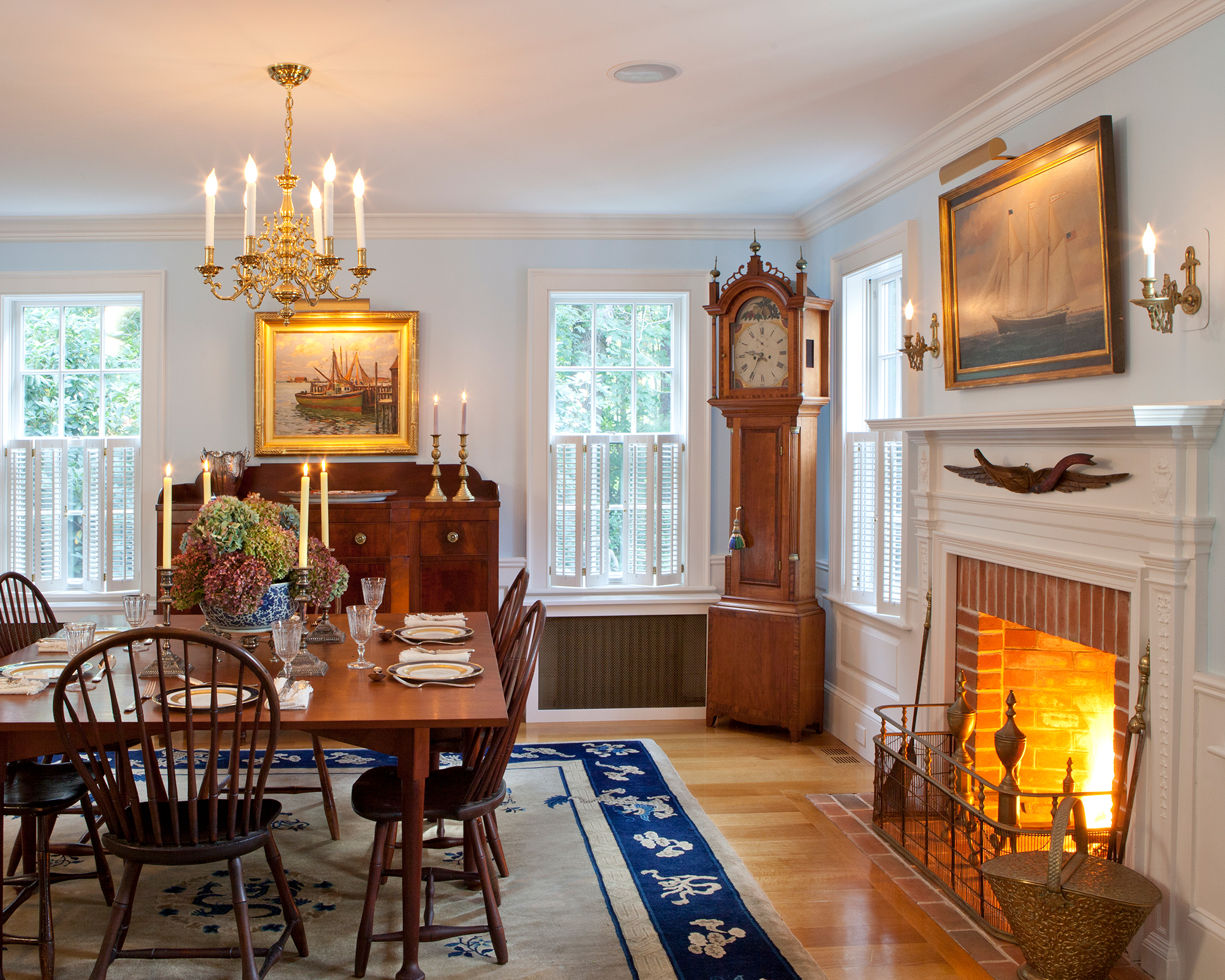
Furnaces heat air rather than water and use a blower motor and air ducts to distribute the warm air around a home. Like investing in a new boiler, fitting a new, modern furnace can be an eco improvement worth making if your home is heated this way.
As with boilers, efficiencies have improved dramatically with the best offering an AFUE (see above) of up to 98.5percent, which means nearly all the fuel becomes useful home heat.
‘Before buying a new furnace or boiler or modifying your existing unit, first make every effort to improve the energy efficiency of your home, then have a heating contractor size your furnace,’ advises Energy Saver. ‘Energy-efficiency improvements will save money on a new furnace or boiler, because you can purchase a smaller unit. A properly sized furnace or boiler will operate most efficiently.’
You can look for the Energy Star label when you are shopping for a new furnace, which shows it has met strict energy efficiency guidelines set by the US Environmental Protection Agency.
Energy Saver recommends a sealed combustion furnace, which save energy compared to non sealed versions. They also avoid the problem of introducing combustion gases to your home.
8. Consider an air source heat pump
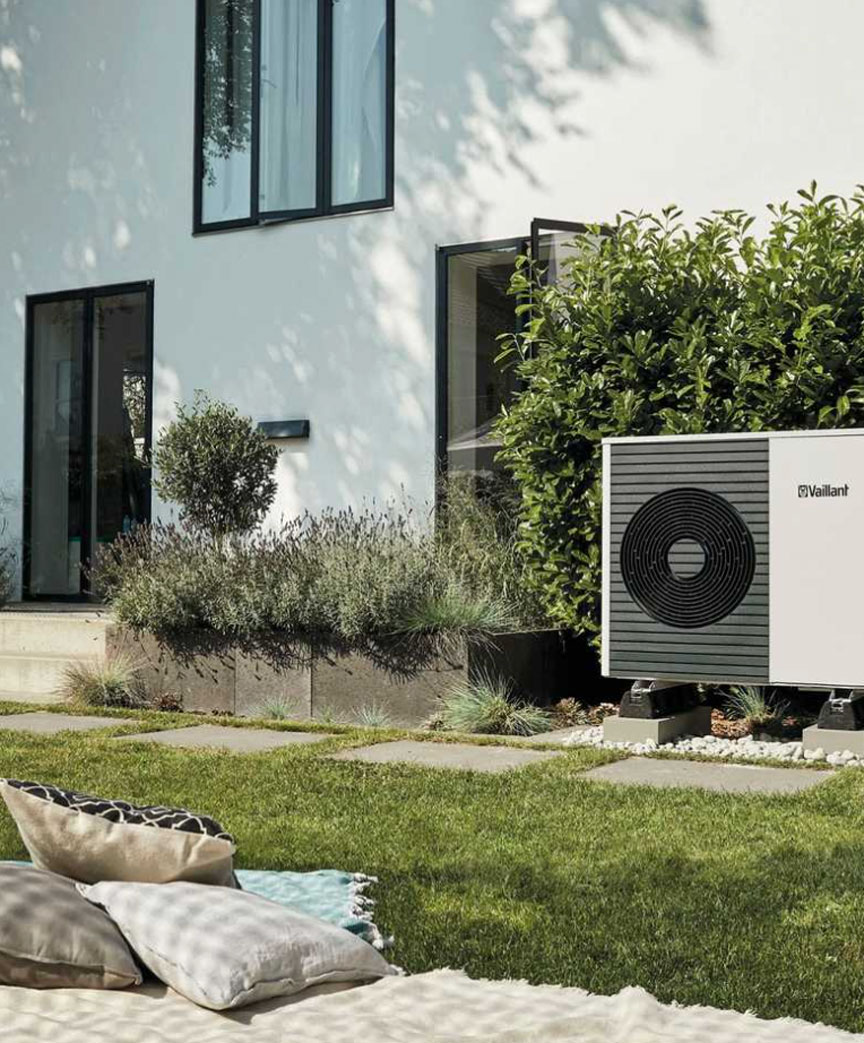
An air source heat pump could take the place of a boiler or furnace, but it works differently. It doesn’t burn fuel to create heat, but instead moves it from one place to another. Heat from the air gets absorbed into a fluid, which causes it to become a gas. The gas is then compressed, raising its temperature. The higher temperature is then transferred into the heating system.
In the US air source heat pumps have been used in LEED building and eco houses for many years, but until recently not in areas with long periods of sub-zero temperatures, says Energy Saver. Now, though, because of the advance of technology, they are an eco heating alternative for these regions, too.
Electricity powers the heat pump but one of these could be combined with solar photovoltaic panels and a system inverter. ‘The PV system will connect to the heat pump, and when you generate photovoltaic power, the heat pump will use that power to heat the home and the hot water,’ says Mark Wilkins, Technologies Director at Vaillant.
‘It is possible that you will need a battery storage or buffer storage system in addition to the heat pump because you rarely produce electrical power from PV when you need to generate heat. Therefore you store the electricity generated in batteries and use it when you need it or use the heat pump in the day time, heat water and store it in a buffer store for use when you need heating. You could also use the photovoltaic power in the summer with your heat pump to provide comfort cooling when it is especially hot (assuming your system is set up for cooling).’
9. Go for a ground source heat pump
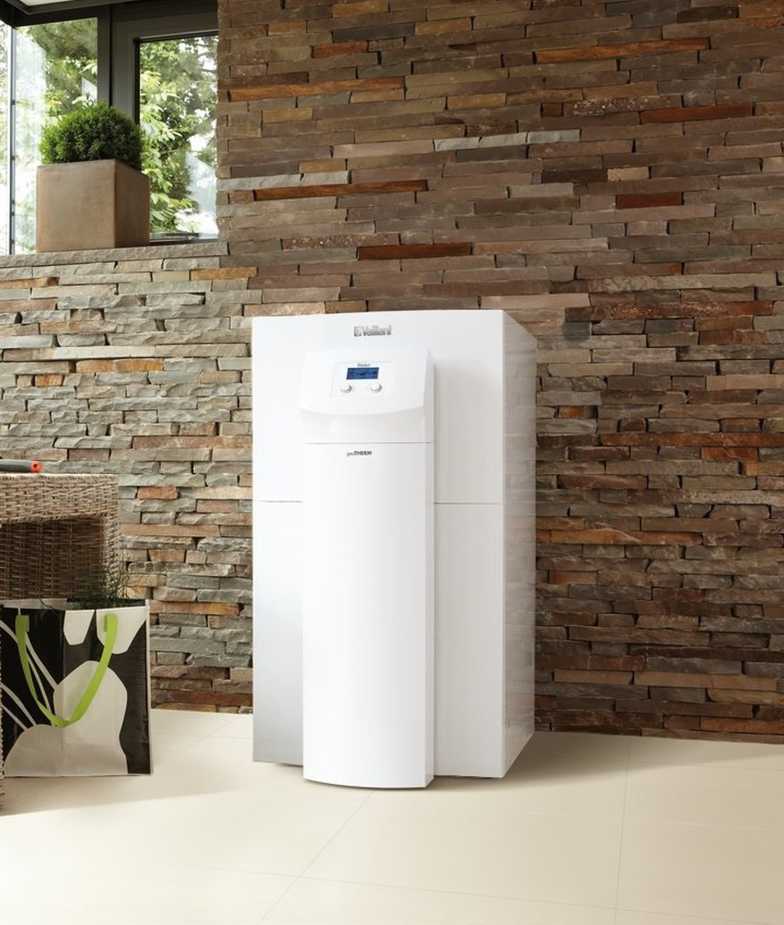
A ground source heat pump, also referred to as a geothermal heat pump, is another sustainable heating alternative. They use energy from the sun to heat a home via a series of buried pipes that extract that energy from the ground the sun warmed. The heat pump amplifies the energy into heat for a home.
A geothermal heat pump has two main elements: the ground array, which can be a horizontal series of pipes or two or three vertical boreholes, and the heat pump itself, which can be installed in the house or outside.
‘Both ground source and air source heat pumps are highly efficient, eco-friendly heating systems, but ground source heat pumps tend to have higher efficiencies over the year,’ says Mark Wilkins. ‘This is due to the higher, more stable temperature of the source energy which is consistent throughout the year. However, both systems are highly efficient and selecting the appropriate heating system will depend upon your property and requirements.’
What is the most eco-friendly heating?
The most eco-friendly heating depends on your home and where you live, but generally speaking, any heating system that uses a renewable resource is a good option. According to Energy.gov, the top energy efficient heating options include:
- Active solar heating
- Geothermal heating
- Wood and pellet heating
Sign up to the Homes & Gardens newsletter
Design expertise in your inbox – from inspiring decorating ideas and beautiful celebrity homes to practical gardening advice and shopping round-ups.

Sarah is a freelance journalist and editor. Previously executive editor of Ideal Home, she’s specialized in interiors, property and gardens for over 20 years, and covers interior design, house design, gardens, and cleaning and organizing a home for Homes & Gardens. She’s written for websites, including Houzz, Channel 4’s flagship website, 4Homes, and Future’s T3; national newspapers, including The Guardian; and magazines including Future’s Country Homes & Interiors, Homebuilding & Renovating, Period Living, and Style at Home, as well as House Beautiful, Good Homes, Grand Designs, Homes & Antiques, LandLove and The English Home among others. It’s no big surprise that she likes to put what she writes about into practice, and is a serial house renovator.
- Kaitlin MaddenExecutive Editor, Homes & Gardens
-
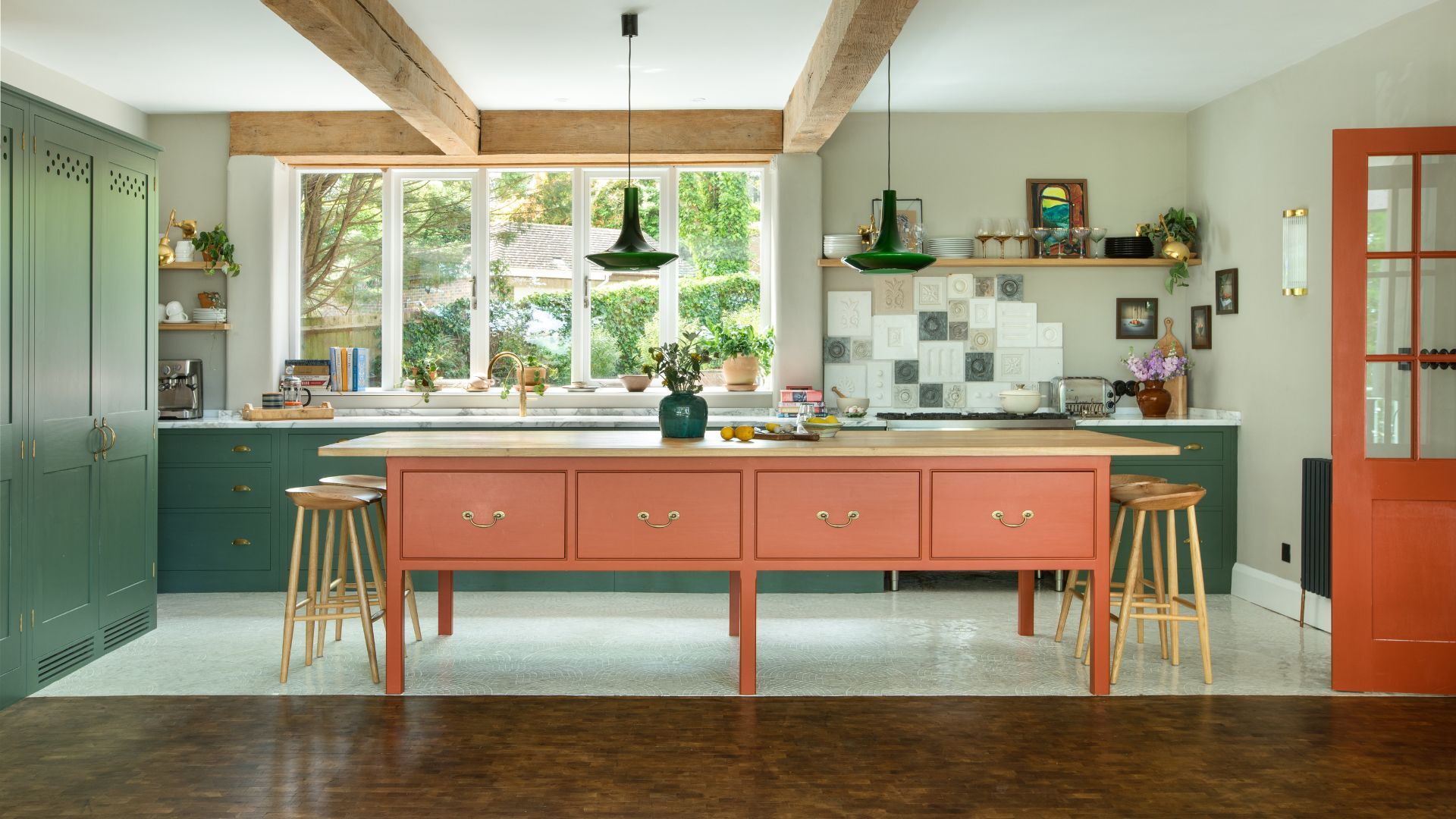 Orange and green is the bold color pairing quietly transforming homes in 2025 – here's 4 reasons why
Orange and green is the bold color pairing quietly transforming homes in 2025 – here's 4 reasons whyInterior designers are making the orange and green combination work wonders – this is how you can too
By Sophia Pouget de St Victor Published
-
 This Michelle-Pfeiffer-approved chair is made of a forebodingly unusual material, opening the debate: Is it a rustic stunner, or a danger to sitters?
This Michelle-Pfeiffer-approved chair is made of a forebodingly unusual material, opening the debate: Is it a rustic stunner, or a danger to sitters?The actress took to Instagram with a chair made of a controversially sharp material – and fans are unsure of how they feel about it
By Sophie Edwards Published
-
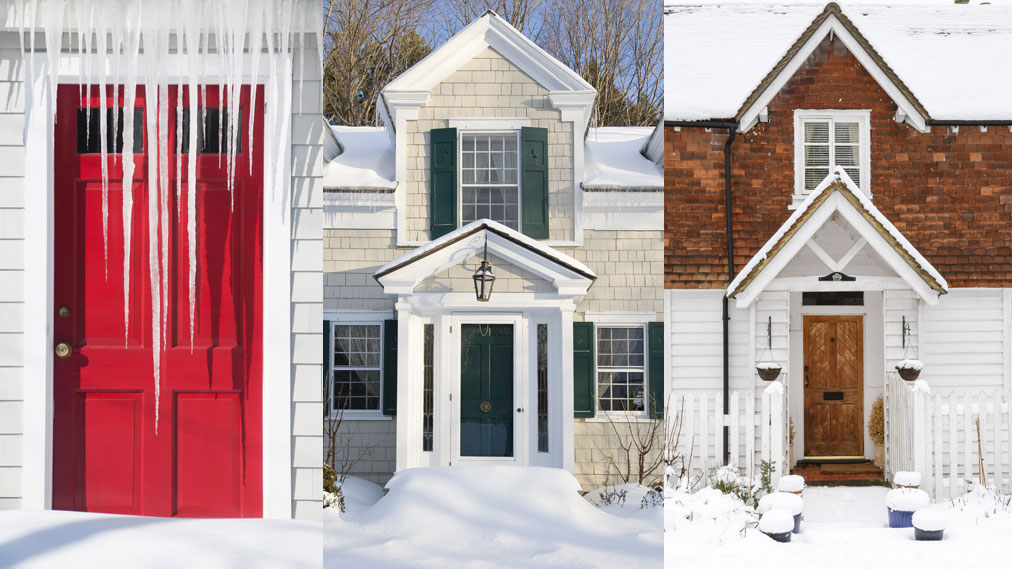 10 ways to winterize a house – get your home ready for winter
10 ways to winterize a house – get your home ready for winterThese simple ways to winterize a house will help you get your home ready for the inclement weather
By Holly Reaney Last updated
-
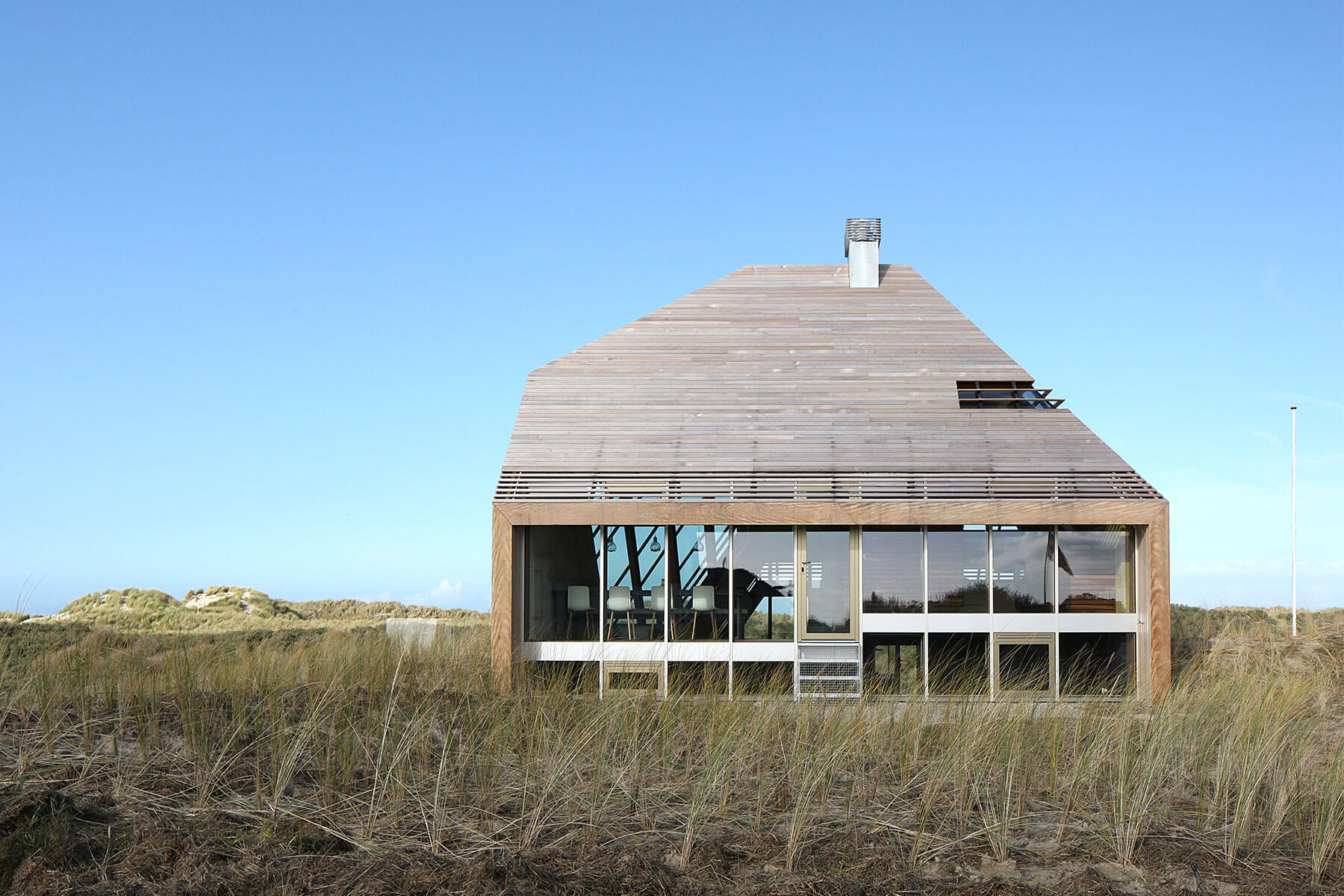 Eco-friendly building materials – discover the green options
Eco-friendly building materials – discover the green optionsHere are the products to look out for if you’re committed to using eco-friendly building materials in your remodel
By Sarah Warwick Published
-
 This Dutch farmhouse combines country charm with an eco outlook
This Dutch farmhouse combines country charm with an eco outlookNow a country idyll, this once crumbling farmhouse was transformed by a large-scale renovation that preserves the property's past as well as future proofing it
By Vivienne Ayers Published
-
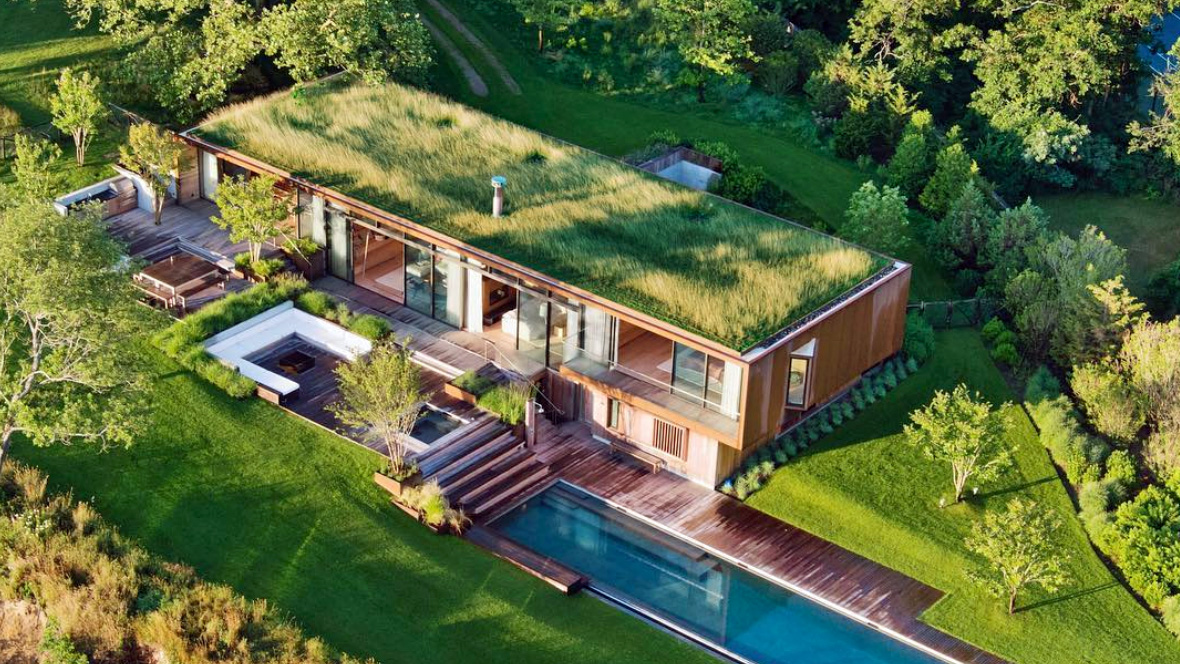 Eco houses – 7 most beautiful sustainable builds, from forest dwellings to city homes
Eco houses – 7 most beautiful sustainable builds, from forest dwellings to city homesThese are some of the world's most coveted eco houses, beautiful homes designed by architects with their gaze firmly fixed on sustainability
By Lucy Searle Published
-
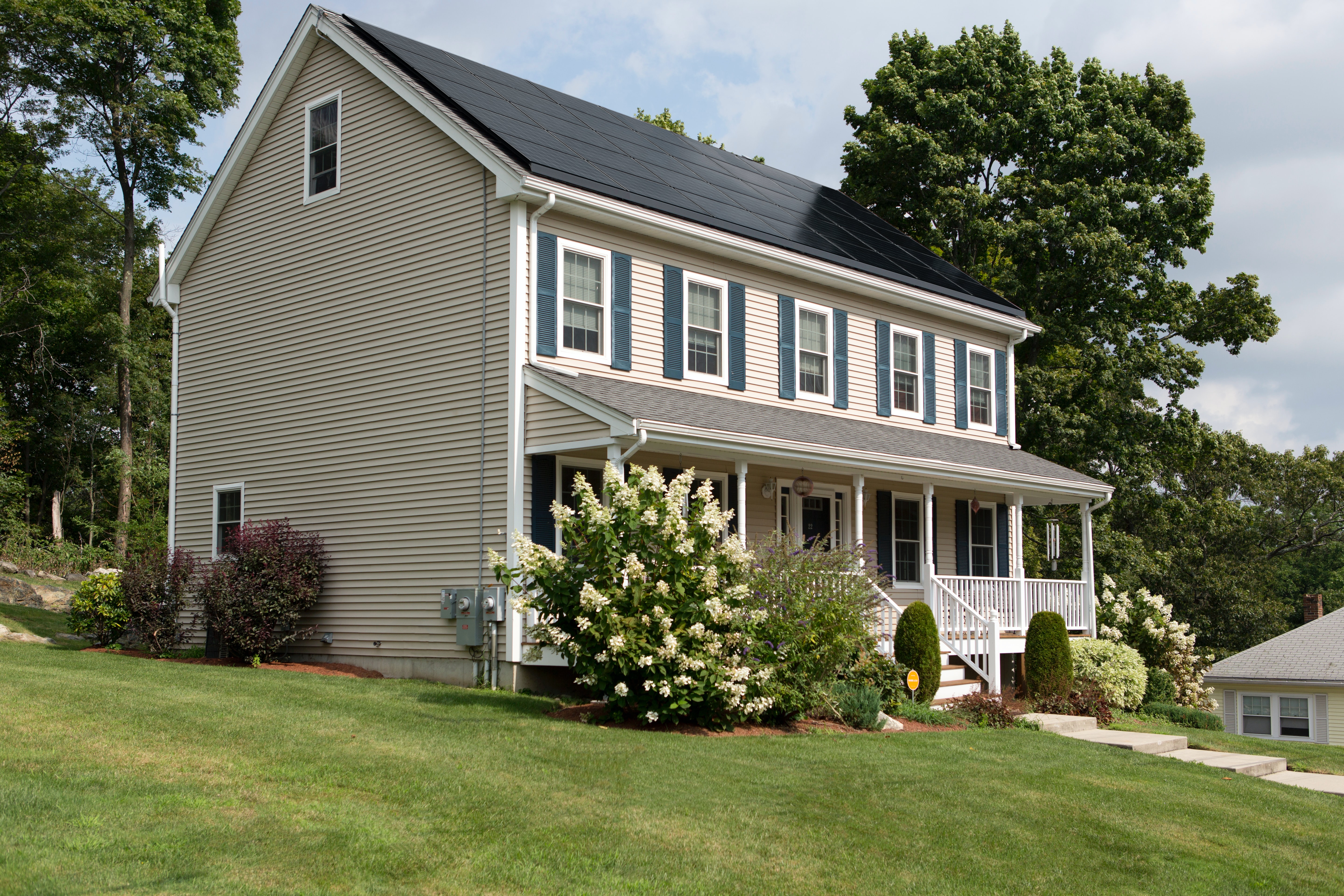 Solar panels: a complete guide to making your own home energy
Solar panels: a complete guide to making your own home energyFind out about the different solar panels – available and how they can save you energy as well as cash
By Sarah Warwick Published
-
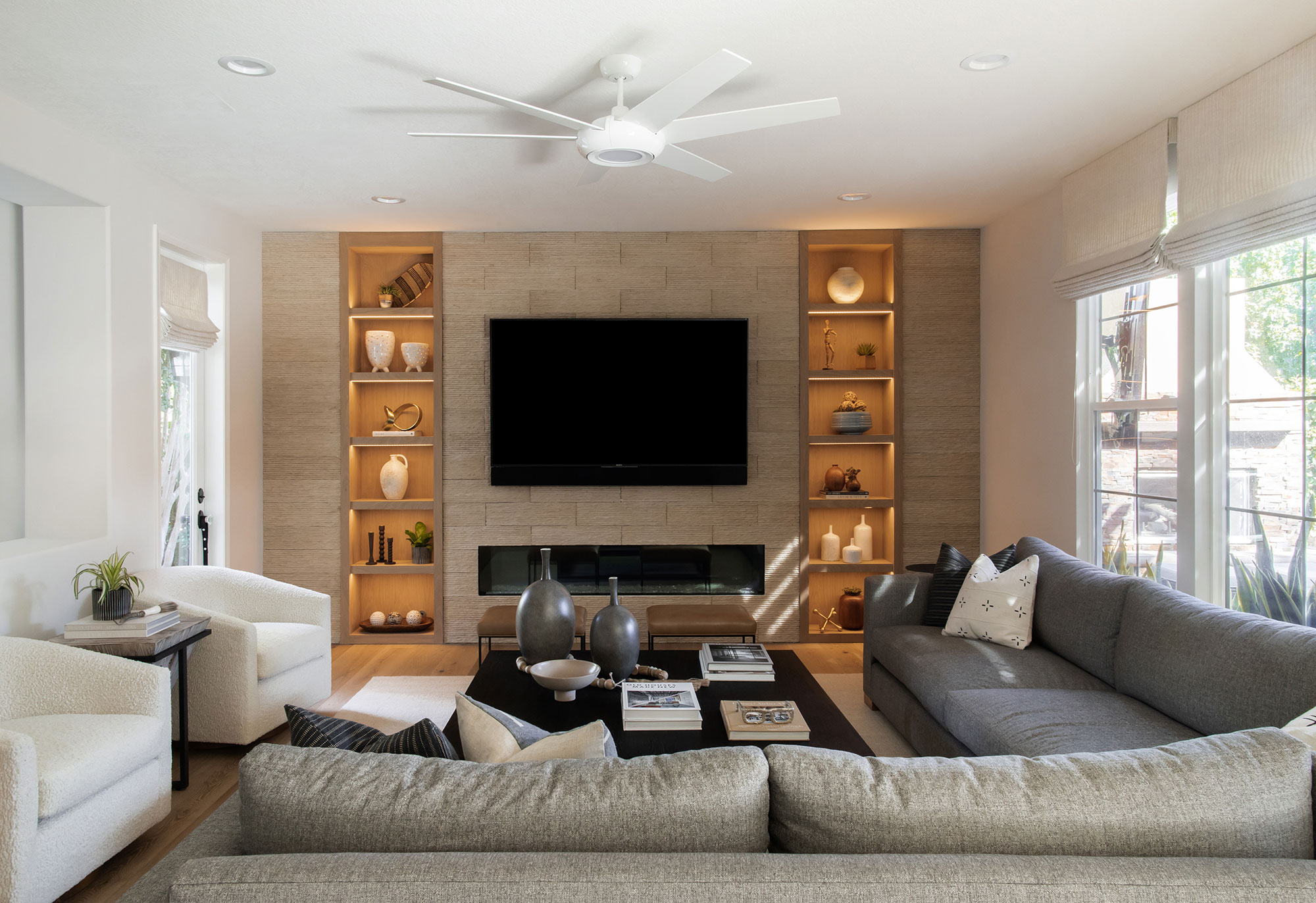 Eco cooling – sustainable air conditioning for your home
Eco cooling – sustainable air conditioning for your homeDiscover eco cooling options – the greenest ways to keep your home from over-heating
By Sarah Warwick Published
-
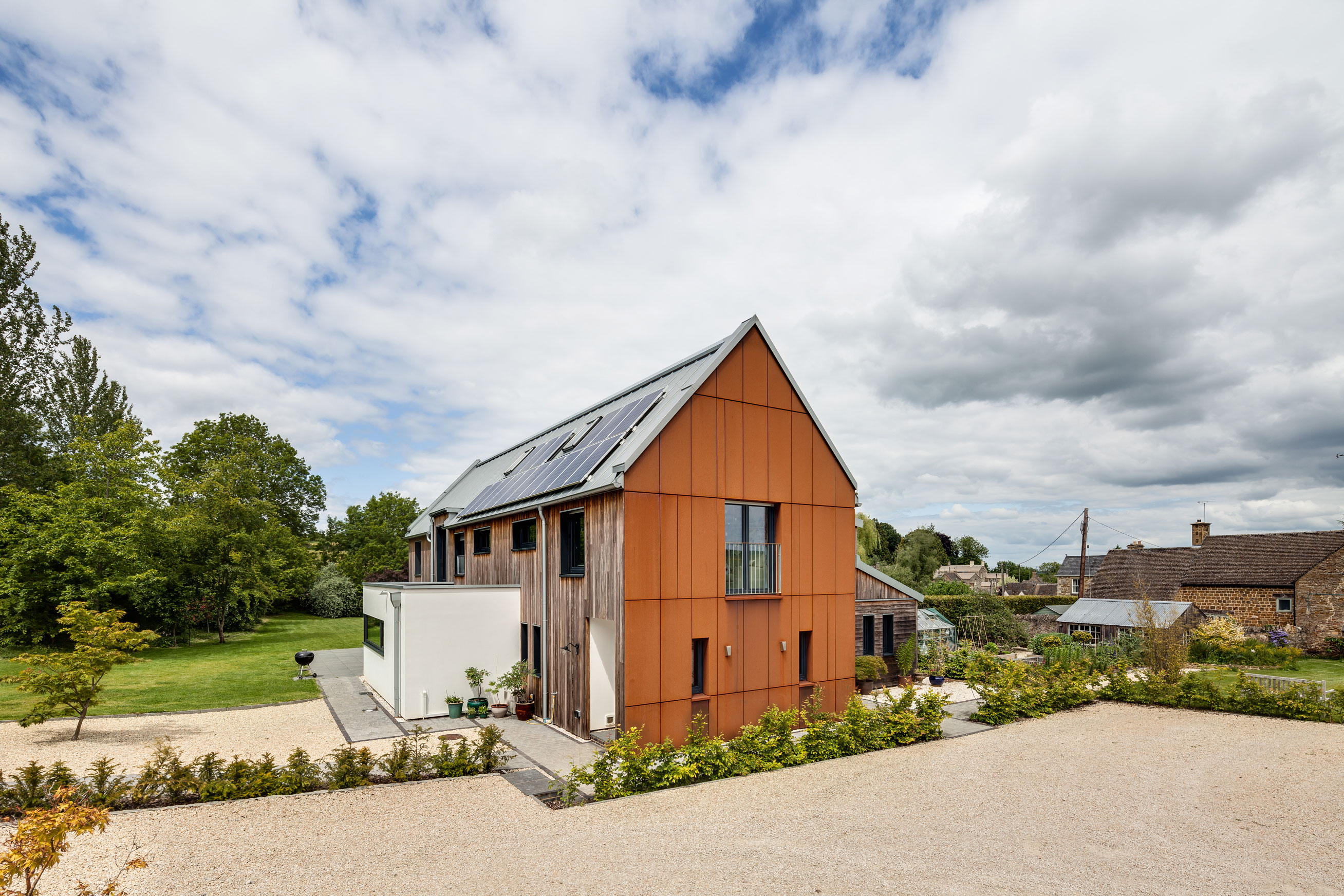 Eco home improvements: how to make your house greener
Eco home improvements: how to make your house greenerDiscover heating, cooling and clean energy solutions for your home plus eco-friendly product choices
By Sarah Warwick Last updated
-
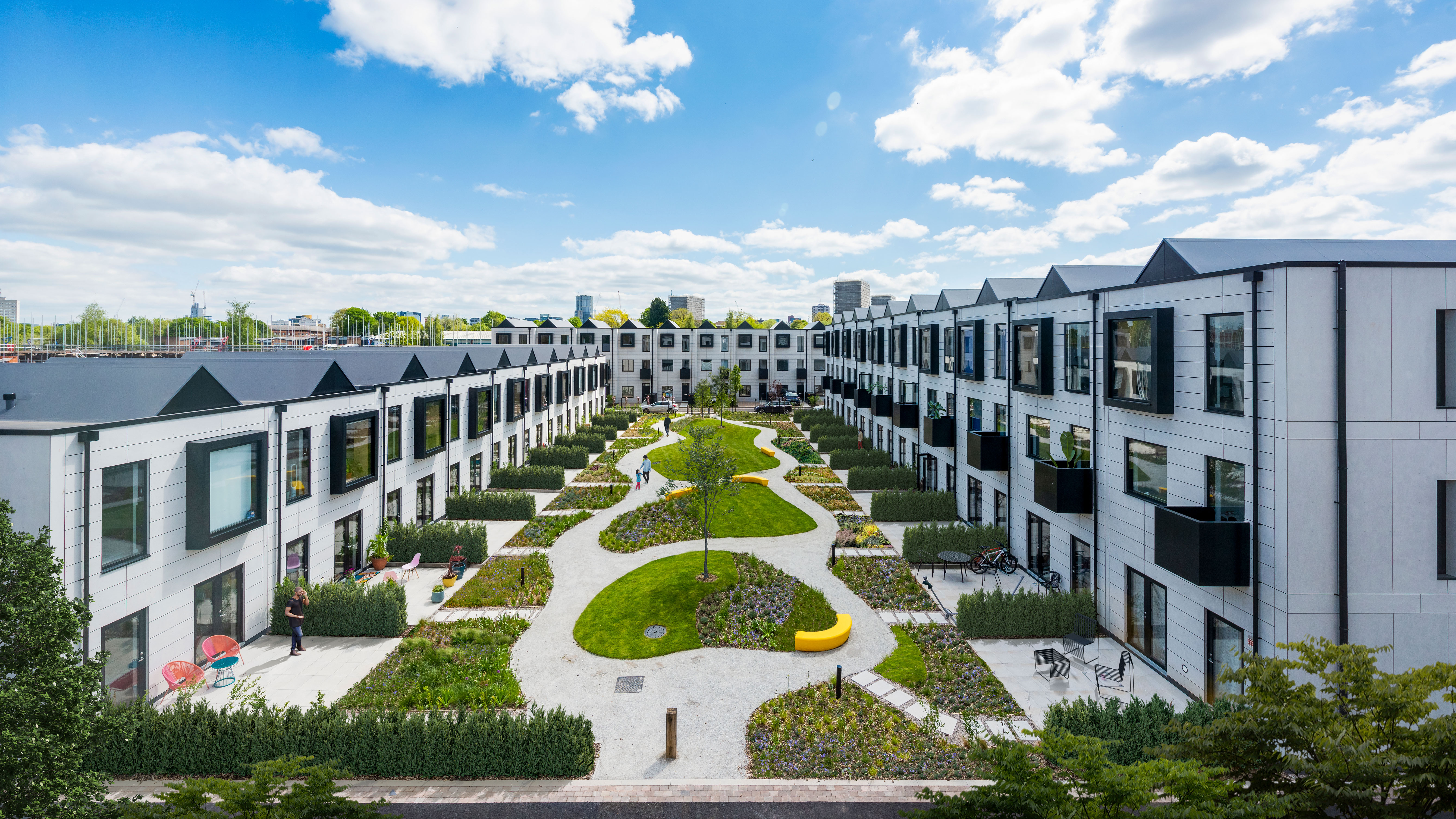 Are these Japanese-inspired, energy-efficient homes the future of homebuilding?
Are these Japanese-inspired, energy-efficient homes the future of homebuilding?These new developments aim to prioritize green space, community and good design
By Jennifer Ebert Published